Sony E 10-20mm F4 PZ G Review
Dustin Abbott
June 7th, 2022
I’ve been openly questioning of Sony’s commitment to its APS-C platform, as both camera and lens releases in that space have been few and far between over the past 3 years. Sony’s development on full frame has been rather frenzied during that same period, with a number of new camera and what I consider a golden age for lens development. I’ve reviewed one lens after another that I really, really liked in the full frame space, which tells me that Sony has really hit its stride as a camera lens maker. But APS-C has seemed to be on the back burner. And while I still see a lot of room for Sony to deliver a robust sports-oriented APS-C body (something to contend with the new Canon EOS R7 would be nice!), they are taking large strides to shore up the wide angle end of their APS-C catalog with three releases: the E 10-20mm F4 PZ OSS (Powerzoom), the E 15mm F1.4 G, and the Sony E 11mm F1.8 lens. This isn’t the first time that Sony has done some of its better APS-C lenses in bunches, as the last “G” lenses (mid-tier superior lenses) for APS-C came together in 2019: the Sony E 70-350mm F4.5-6.3 G OSS (my review here) and the Sony E 16-55mm F2.8 G. I’ve been fortunate enough to have gotten to spend some time with all three of these new releases, and so I’ll follow up my coverage of the 15mm F1.4 G (my review here) with the zoom in this lineup – the Sony E PZ 10-20mm F4 G (which we’ll simply refer to as the 10-20PZ in this review).
The key here is the PZ, which refers to PowerZoom. Sony has had an existing wide angle zoom for APS-C in the form of the E 10-18mm F4 OSS lens, but there is a recognition that more and more photographers actually do a mix of photos and video. We call these “hybrid” photographers, and it is clear that Sony has been designing its cameras with this in mind. Their a6300 was a breakthrough in this regard, allowing photographers to capture really good 4K video in an APS-C body at a time when most of the competition was stuck at 1080P. But there also needs to be some concessions to the unique needs of video in lenses as well, and that’s where the PowerZoom (PZ) comes into play. The 10-20PZ is essentially an APS-C counterpart to the recent full frame FE PZ 16-35mm F4 G lens with a full frame equivalent of 15-30mm (1.5x APS-C crop factor). The PowerZoom capability means that not only can you smoothly zoom in and out with the switch on the side of the lens (with much smoother zooms than you can achieve with a ring), but if you have the right accessory (a Bluetooth remote or wireless shooting grip like the GP-VPT2BT or even just using the Sony app), you have the option of off-camera control. This gives the smoothest results of all, of course, as you can have the camera on a tripod and have no vibration introduced into the process. This is a next level option for video shooters, and Sony has set the price point actually below that of the 10-18mm F4 despite the larger zoom range and new features (though the new lens loses the Optical Stabilizer that the older lens had).
Sony reserves the G designation for its mid-tier lenses and G Master for its superior lenses, and I’ve found that there is a lot of value to be found in the G lineup. These lenses have more advanced features like weather sealing and a focus hold button, and Sony has packed a lot features into a very small package here.
- Superior G Lens image quality with two ED elements and one ED Aspherical element
- Linear motor autofocus
- A focus on video performance, with minimal focus breathing
- Linear manual focus for more precise manual focus and repeatable focus changes
- More physical controls, including an AF/MF switch, PowerZoom control, and a focus hold button
- Dust and moisture resistant design
- Internally focusing and zooming design
- Close minimum focus of 20cm (Autofocus = 0.14x magnification) or 17cm (Manual Focus = 0.18x magnification)
- World’s smallest ultra-wide APS-C zoom
This is a beautiful, well crafted lens that is in many ways similar to Sony’s full frame series of recent G primes (24mm F2.8, 40mm F2.5, and 50mm F2.5 G primes – click the hyperlinks for reviews of each lens). Though small and light, it feels premium, and its optical performance certainly backs that up, delivering beautifully detailed images all across the frame even at F4:
The final retail price hasn’t been announced as of the time of this review, though Sony gives a range of $700-800 USD. That’s not cheap, but it is certainly much cheaper and smaller than the full frame 16-35mm PZ lens, which will retail at $1200 USD. This will almost certainly become an indispensable tool for those who do vlogging or want a wide angle lens with zoom capabilities. The constant maximum aperture of F4 means that exposure doesn’t change as you zoom, giving you even more flexibility for both stills and video.
Ultimately you will have to decide if the premium price point matches the premium performance, but hopefully this review will help you make an informed decision. If you prefer to watch reviews, you can check out my detailed video review below.
Follow Me @ Patreon | My Newsletter | Instagram | Facebook | DA Merchandise | Flickr | 500px
I want to thank Sony Canada (and Gentec) for the loaner of this lens. As always, this is a completely independent review. The opinions here are completely my own. *The tests and most of the photos that I share as a part of my review cycle have been done with the Sony a6400 along with the Sony Alpha 1 which will serve as my benchmark camera for the foreseeable future (my review here).
Sony 10-20PZ Build, Design and Handling
One of the key areas of emphasis with each of these three new lenses is for them to be compact. The 10-20PZ definitely lives up to that, with a squat profile that is wider (68mm/2.67″) than it is long (55mm/2.16″). The 62mm front filter thread is not as common as the 58mm or 67mm filter sizes that flank it, but there are a number of lenses that share this filter size.
That makes this lens even smaller than the 10-18mm F4 OSS, which measured 70.1 x 63.5 mm. It’s also lighter at 179g (6.3oz) vs 225g (7.94oz). The closest competing lens is Tamron’s 11-20mm F2.8 RXD (my review here), which weighs in at 335g and is 30mm longer, though, to be fair, that lens also has a maximum aperture of F2.8.
All of this boils down to the fact that Sony has managed to deliver a high performing lens that is truly compact, again proving that premium doesn’t have to mean “big”.
As noted in the intro, Sony has given the 10-20mm F4 PZ G some premium features, including a weather sealed build (dust and moisture resistant). I don’t have access to the diagram to count the seal points, but I have seen one, and it showed seals at the vital internal points (rings and switches) along with the rubber gasket at the lens mount shown here.
Unlike the 15mm F1.4 G lens, the 10-20PZ has no aperture ring. I suspect there simply wasn’t room in the design, as they already have a lot packed in here. My least favorite part of the design is how close the two existing rings are, as they are so close together (and so similarly sized) that it is very easy to grab the wrong one. I’ve definitely ended up zooming when I wanted to manually focus (to take advantage of the closer minimum focus distance). I much prefer using the PowerZoom toggle to zoom either in video or stills as I find the zoom ring less intuitive to use. It needs to be there in case someone is doing some kind of gearing instead, but I suspect that most people will use the toggle like myself.
Speaking of that toggle: it is definitely the smoothest way to zoom in or out while shooting video. That’s true if you’re handholding for video, and of course even more true if you are working off a tripod or gimbal and zooming remotely via Bluetooth or the app. The amount of zoom range will depend on whether or not you have Sony’s Smart Zoom feature enabled on your camera. Smart Zoom allows you to take full advantage of the sensor and means that you can zoom in a bit without relying on loss of quality due to a digital zoom (where pixels are lost). When shooting stills, I could see an on screen (or in viewfinder) display that shows the range between 10-20mm, but when shooting video (With Smart Zoom enabled) I could zoom in an additional 1.5x beyond 20mm (or to roughly 30mm). That’s going to come in handy, obviously, and the toggle on the lens enables me to take advantage of that feature in an easy way that I don’t typically have access to with other lenses.
The manual focus ring moves smoothly, and, as noted, behaves in a linear fashion to allow for focus repeatability, which is very important in video work so that you can set up precise and repeatable focus pulls. The focus action is very light, however, and lacks the precision of the best focus rings.
We’ve also got a focus hold button (which can be programmed to a variety of functions in the camera menu) along with an AF/MF switch, which I always welcome as the most logical and efficient means of switching between the two. The addition of the zoom toggle means that the AF/MF switch is located quite low, so you’ll have to retrain your muscle memory on where to reach for it.
The included lens hood is petal shaped, flares out a bit, and is relatively shallow. It can be reversed for storage without adding too much bulk to the footprint of the lens in a bag.
There is no image stabilization (OSS) in the lens, so you’ll have to depend on in camera stabilization if your camera is so equipped. This is the biggest omission from the previous 10-18mm lens, and as I was primarily testing on an a6400 (which has no IBIS), I sorely missed that stabilization when grabbing “run and gun” video. The lightweight combination of camera and lens makes handholding video without stabilization difficult.
Inside we have a seven bladed aperture with rounded blades. The aperture shape will initially stay rounded when stopping the lens down but will eventually become polygonal at smaller apertures. When you start with a maximum aperture of F4 and a maximum focal length of 20mm, however, the chances of having significant bokeh at aperture values of F8 or F11 are unlikely.
Minimum focus distance here is 20cm when autofocusing, but you can focus a bit closer (17cm) when manually focusing, which gives you a significantly higher magnification level (0.14x vs 0.18x). The latter figure is obviously much more useful, so bear that in mind when you want to get really close. And that is very close, by the way. It feels like you are about to bump into your subject that distance, as that is 17cm from the sensor…and you have to subtract the length of the lens (and possibly lens hood). With the hood attached I measure 9.5cm, which means that you are only 7.5cm from your subject. Here’s what the manual focus magnification figure looks like:
That’s quite useful, obviously, and we’ve still got a strong optical performance at that close distance, with a fairly flat plan of focus, good contrast, and good detail. I was very impressed with the detail on this handheld minimum focus distance shot:
The F4 aperture along with the wide angle of view means that the background isn’t particularly blurred, but the detail is great. The big upside for video work is that you can get very close to subjects and still continue to get autofocus results. Lenses with a long minimum focus distance can be very limiting when shooting video.
This is a nicely executed little package, with a nice mix of features and compactness. The Sony 10-20PZ is proof positive of the size and weight savings you can achieve when you do dedicated engineering for a smaller sensor size.
Sony PZ 10-20mm F4 G Autofocus Performance
The Sony 70-350mm F4.5-6.3 G and 16-55mm F2.8 G lenses had previously been Sony’s only APS-C lenses to be given Sony’s linear motor focus system, but Sony has changed all of that with these most recent releases. Each of the 11mm F1.8, 10-20 PZ, and 15mm F1.4 G have received linear focus motors (and the 15mm received two to help drive its larger elements!). The linear focus system works great on the 10-20PZ, with fast, accurate, and silent autofocus. I spent more time on the video side with this lens, as that is really the primary purpose of it. I tracked people playing basketball and the lens had no problem keeping up with action throughout.
It helps that so much remains in focus at this aperture/focal length combination, but you could also see that subjects were being tracked and that focus was in the right place. I would recommend watching the video review if you want more illustrative content on the video focus performance, which is hard to demonstrate in a text review.
I tested for focus transitions and confidence in tracking my face (like when holding up my hand in front of the camera and then allowing it to refocus on my face). Everything was smooth and confident. Sony has also prioritized minimizing focus breathing in the optical design of these new “hybrid” lenses, and while focus breathing isn’t non-existent, it is minimal.
Focus speed for stills was excellent, with quick acquisitions of subjects at close or further distances.
Here’s another shot that shows accurate focus (closer subjects illustrate this better than distant subjects with a wide angle lens).
I had no problem with slightly further subjects, either, with focus quickly and accurately locking on.
Throughout my test period I don’t think that I ever heard any noise associated with focus at all whether shooting videos or stills. The linear motor focus system delivered fast, quiet, and accurate results. This is a premium focus system…and it shows. I have some hope that a future Sony APS-C camera with a more robust focus system will be able to take even more advantage of lenses like this.
Sony 10-20PZ Image Quality
First of all, let’s take a look at that focal range. I think this interior shot shows the flexibility of the zoom range, first at 10mm:
…and then at 20mm:
It’s a little less dramatic outside, but you can see a significant difference in the framing options presented here.
The equivalent of 15mm (full frame) on the wide end is very wide, and definitely allows for some dramatic results.
The MTF charts that I’ve seen from this lens suggested a very high level of performance, and that’s reflected in the real world results. It’s very important for a lens that starts at F4 to already be sharp at F4, and that’s what we’ve got here. You can see from this real world (handheld) F4 result that detail and contrast are excellent at a pixel level.
The lens performs well in a lot of the technical merits, including a good control of LoCA (Longitudinal Chromatic Aberrations). I don’t see fringing in the transition at the window sill or beyond in the bokeh highlights.
Even more important in a wide angle lens is to control lateral CA (LaCA) that show up near the edges of the frame (and can ruin landscape and architectural shots). Note that there is minimal fringing on the branches against the bright sky here.
That’s a good start in a wide angle zoom, but how about distortion and vignette? I’ve spent time with all three of these new wide angle lenses from Sony, and it is clear that when they were making engineering choices, it was distortion that was the area they let slip in order to keep the lenses compact. We’ve got a significant amount of barrel distortion at 10mm:
To achieve my manually corrected result I needed to dial in a lot of distortion correction (+39) and a moderate amount of vignette correction (+53, or right over two stops). The latter is not really a big deal (I’ve seen MUCH worse), but the former will definitely need correction. My manual correction showed only a bit of a mustache pattern, meaning that it is harder to get a perfect manual correction, but the good news is that as a first party lens, the Sony 10-20PZ will receive premium correction support both in camera and in software, so this shouldn’t be a serious issue for you in real world use.
Case in point: I shot the ceiling in the huge fieldhouse where I testing for the basketball tracking. The uncorrected RAW image shows the barrel distortion bulges, but the JPEG (corrected in camera) shows nice, clean lines. The only downside is that you can see that a fair portion of the image has been lost in that correction process. I suspect that the lens is probably slightly wider than 10mm uncorrected to allow for the correct focal length after correction.
You will want to correct that distortion, however, as it does show up in real images. Look at the curved ductwork at the top of this image (uncorrected):
Both the vignette and distortion become much more mild by the middle of the zoom range, with only a +7 required at 15mm for the distortion (no mustache pattern) and a +30 for the vignette. At 20mm the distortion flips to a mild pincushion pattern that is easily corrected with a -6 and a very mild +22 for the vignette. So, the barrel distortion at 10mm is the only real issue here, and the correction profile seems to do a good job there.
So how about resolution and contrast? We’ll get answers from my test chart, which you can see here:
I’ve used the 24 MP Sony a6400 for this test, which is currently as high as Sony’s APS-C cameras venture. Here are high magnification (about 200%) crops from across the 10mm frame at F4 (Center, Mid-frame, and lower right corner):
These show a very high level of contrast and resolution all across the frame, just like our real world result suggested.
There is little advantage to stopping down at 10mm. F5.6 looks much like F4, and F8 actually looks like it has a hair less contrast in different places across the frame. F5.6 is often a good landscape aperture, though you can shoot without penalty at F4, too. You can see that this real world shot at 10mm is nicely detailed at F5.6 across the frame:
Our minimum aperture throughout the zoom range is F22, though you take a pretty horrendous hit to resolution and contrast due to diffraction at F22:
You don’t really want to go there.
Moving on to the middle of the range shows continued excellence. We’ve got crisp results across the frame again at F4:
As before, there isn’t much advantage to stopping down. You’re getting very close to peak performance at F4, with very minimal gains to be had when stopping down.
At 20mm the excellence continues with only the slightest drop in detail. I continue to find very consistent resolution across the frame, with only minimal drop-off towards the edges.
I find that there is slightly more potential for improvement when stopping down at 20mm. That’s particularly true in the corners, which show greater brightness and clarity at 5.6:
Bottom line is that resolution and contrast are excellent both throughout the zoom range and across the image circle. This is a high performing lens optically.
Another important design aspect for a wide angle lens is flare resistance. I didn’t really see any issue with this in my tests. You can see the slightest bit of ghosting in the middle image (at F11), but even in very bright sun I didn’t see loss of contrast or much in terms of ghosting.
A wide angle of view means that you will rarely have the background completely out of focus, so don’t expect this lens to be a big “bokeh maker”. Depth of field is quite large unless you are close to minimum focus distance. Even the short distance to the exercise bike in the last photo shows most of the other bikes in the long line also in some degree of focus.
In some ways, though, this isn’t really a criticism but more a comment on the nature of the focal length and aperture. This isn’t a lens designed for this purpose; it is a lens designed to have a lot in focus at once, and it thrives on that level.
Colors are rich, images look great, and the resolution is consistently good across the zoom range. If you’d like to see more photos, check out my image gallery here.
Conclusion
The Sony PZ 10-20mm F4 G joins Sony E 15mm F1.4 G as one of those rare Sony APS-C lenses that feels on par with the companies full frame options. This is a lens designed primarily for video work, though I liked it just fine as a photography lens as well. What I really enjoy, however, is Power Zoom toggle and the ability to easily take advantage of zooming while shooting video. Add to this that I can take advantage of Sony’s Smart Zoom in a way that I typically can’t, and I feel like you’ve got a killer combination for vlogging and wide angle filming in general. At the moment Sony’s APS-C cameras have a bit of a crop when shooting 4K, so the ability to go as wide as this lens does is very valuable. You can get a LOT in the frame, even when someone crouches right in front of the camera!
The list of strengths is long, from the quality of the build (including weather sealing), video focused features, excellent autofocus, and a truly excellent image quality performance. The list of negatives is very short and mostly limited to the strong barrel distortion, though the correction profile will help rectify that. There are many applications for a lens with a focal length like this, and landscapes certainly fall into that category:
If you are an APS-C shooter and have been wishing for a truly video-oriented lens for your camera, the Sony 10-20PZ should be high on your list. I completed my review prior to the public announcement for the lens, and Sony had not yet settled on the price, though they said it would fall between $699 and $799 USD. Considering that the predecessor for this lens was more expensive, this feels like a pretty good value for a lens with this kind of versatility. Owners of cameras like the Sony ZV-E10 should love this lens. It’s great to see Sony giving some fresh attention to the APS-C space!
Pros:
- Nicely built lens with a feature set more like Sony’s full frame offerings
- Quality degree of weather sealing
- PowerZoom function works very well
- PowerZoom toggle allows you to easily take advantage of Sony’s Smart Zoom
- Linear focus motor produces fast, quiet focus
- Low focus breathing
- Consistently excellent sharpness and contrast
- Good flare resistance
- Good bokeh rendering
- Good control of chromatic aberrations
- Extremely compact size
Cons:
- No image stabilization
- Focus and zoom rings too close and too similar
- Strong barrel distortion at 10mm
Gear Used:
Purchase the Sony 10-20mm F4 PZ G @ B&H Photo | Amazon | Camera Canada | Amazon Canada | Amazon UK | Amazon Germany
Purchase the Sony E 11mm F1.8 @ B&H Photo | Amazon | Camera Canada | Amazon Canada | Amazon UK | Amazon Germany
Purchase the Sony E 15mm F1.4 G @ B&H Photo | Amazon | Camera Canada | Amazon Canada | Amazon UK | Amazon Germany
Purchase the Sony a6600 @ B&H Photo | Amazon | Camera Canada | Amazon Canada | Amazon UK | Amazon Germany | Ebay
Purchase the Sony a6400 @ B&H Photo | Amazon | Amazon Canada | Amazon UK | Amazon Germany | Ebay
Peak Design Leash Strap: Peak Design Store | B&H Photo | Amazon | Amazon Canada | Amazon UK
Adobe Photoshop Creative Cloud 1-Year Subscription
Exposure Software X6 (Use Code “dustinabbott” to get 10% anything and everything)
Visit Dustin’s Amazon Storefront and see his favorite gear

Purchasing your gear through B&H and these links helps fund this website and keeps the articles coming. You can also make a donation here if you would like. Visit my Amazon page for some of my gear of choice! Thank you for your support.
Great News! I can now offer a 5% discount on all purchases at Amplis Foto, Canada’s Leading Photographic Supplier. Please enter discount code: AMPLIS52018DA in your cart. It is good for everything in your cart, and is stackable with other coupons, too! It will take 5% off your entire order! Proceeds go towards keeping this site going and providing you with new reviews!
Check me out on: My Patreon | Sign Up for My Newsletter | Instagram | Facebook | Twitter | Flickr | 500px | Google+ |
Keywords: Sony E 10-20mm Review, Sony 10-20mm F4 PZ G Review, Sony 10-20mm, F4, f/4, G, PZ, Power Zoom, APS-C, Sony a6600, Sony Alpha, a6600 Review, Sony, a6600, Review, Dustin Abbott, a6500, a6400, Alpha 1, Hands On, Video Test, Sharpness, Autofocus, CA, Video AF, Autofocus, Eye AF, Lens, Comparison, Test, Dustinabbott.net, Sample Images, Sample Video, Vlogging, Let the Light In, Burst, Action
DISCLAIMER: This article and description contains affiliate links, which means that if you click on one of the product links, I’ll receive a small commission. As an Amazon Associate I earn from qualifying purchases.










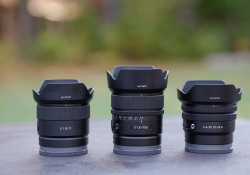
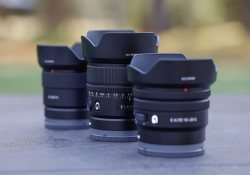
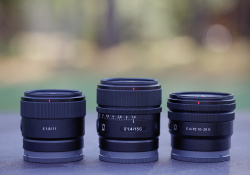
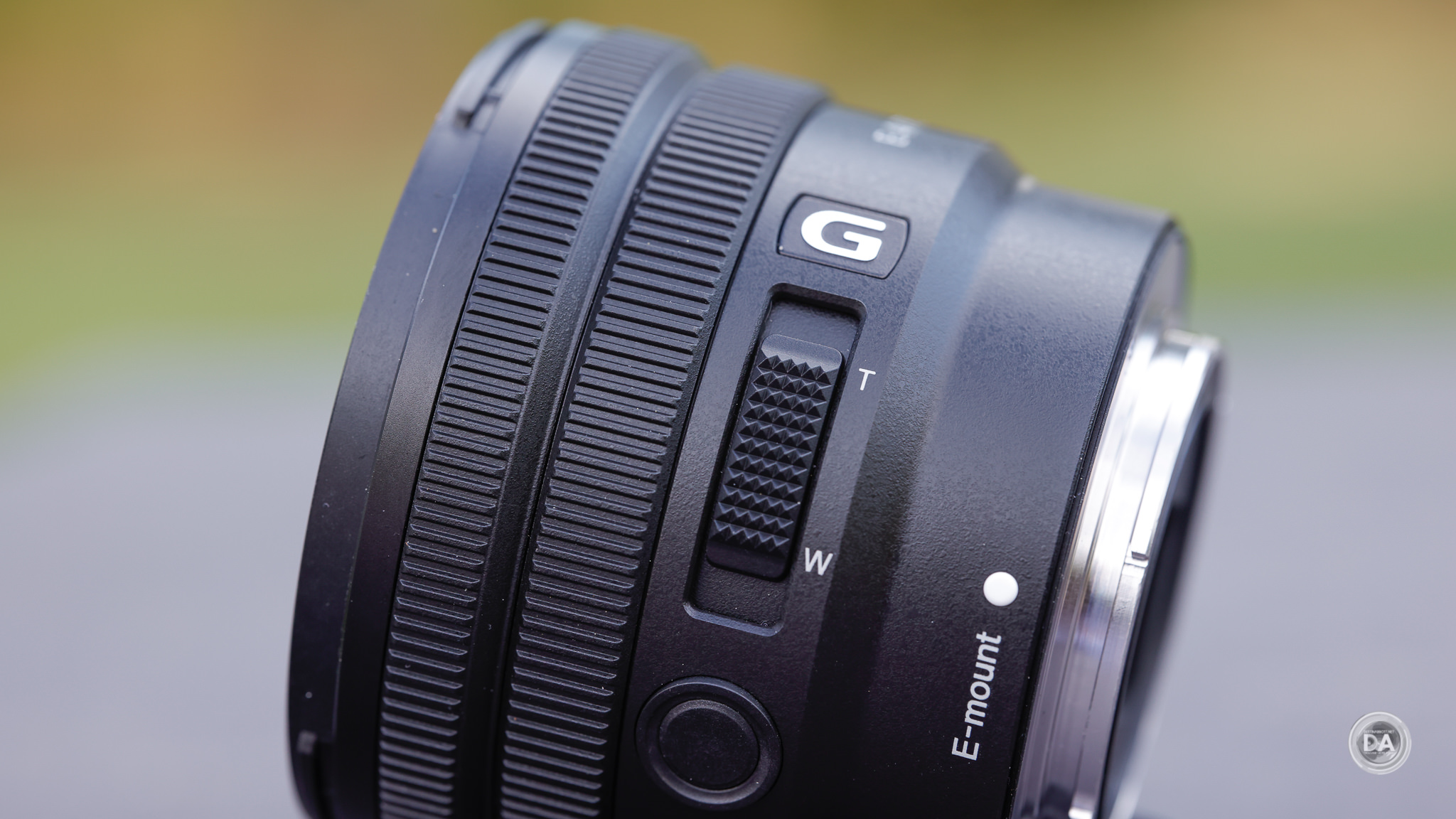
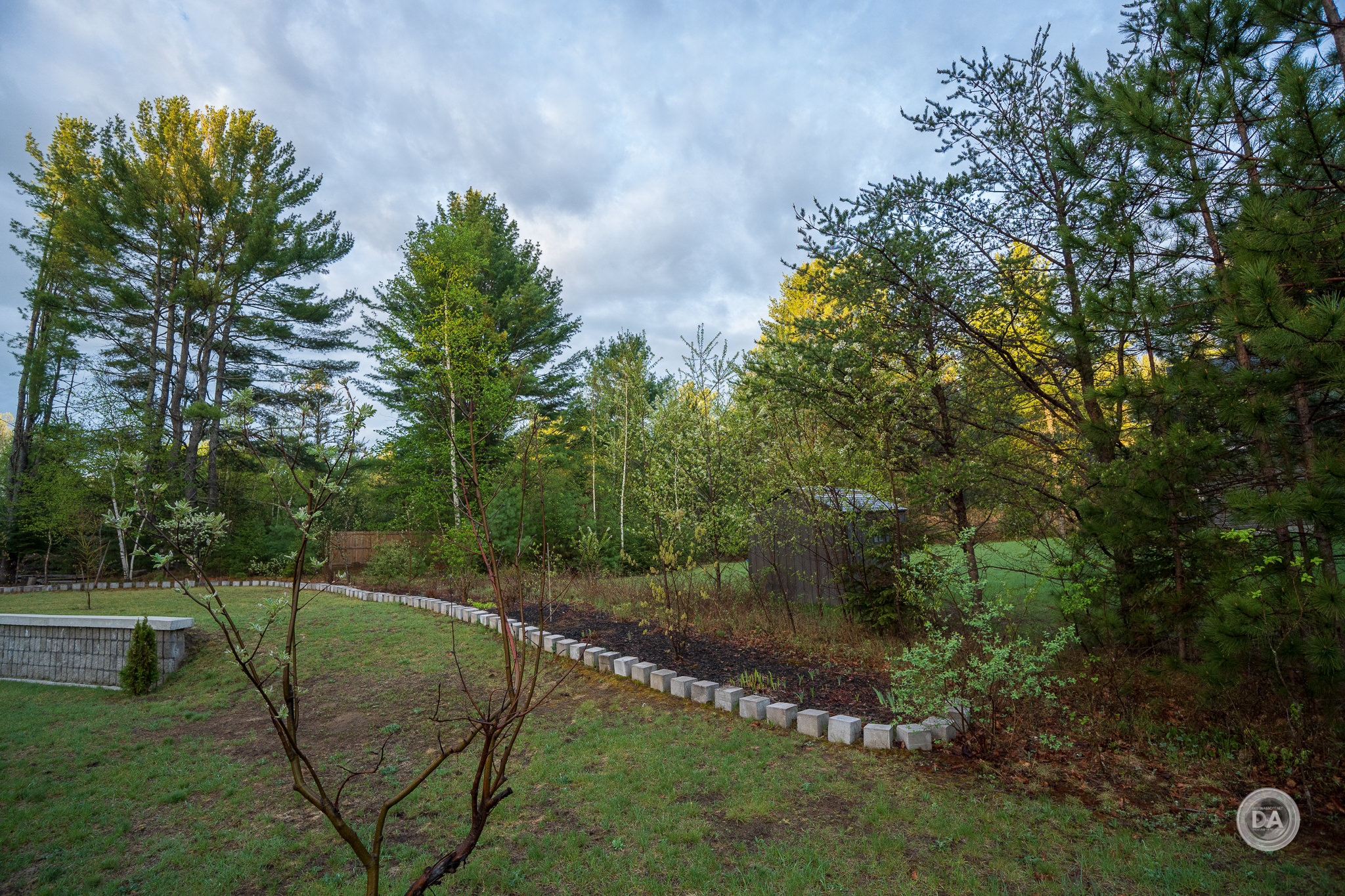


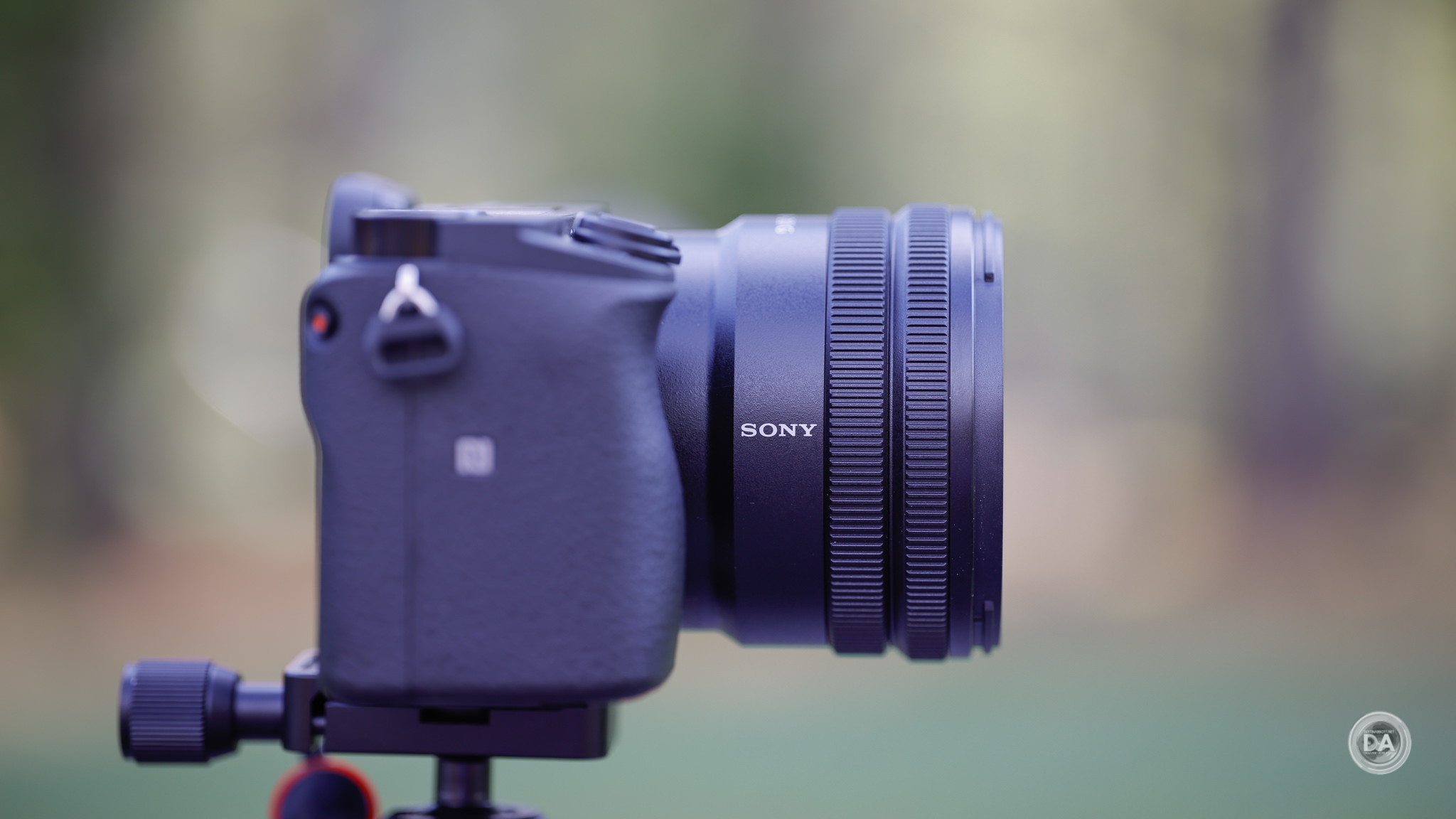
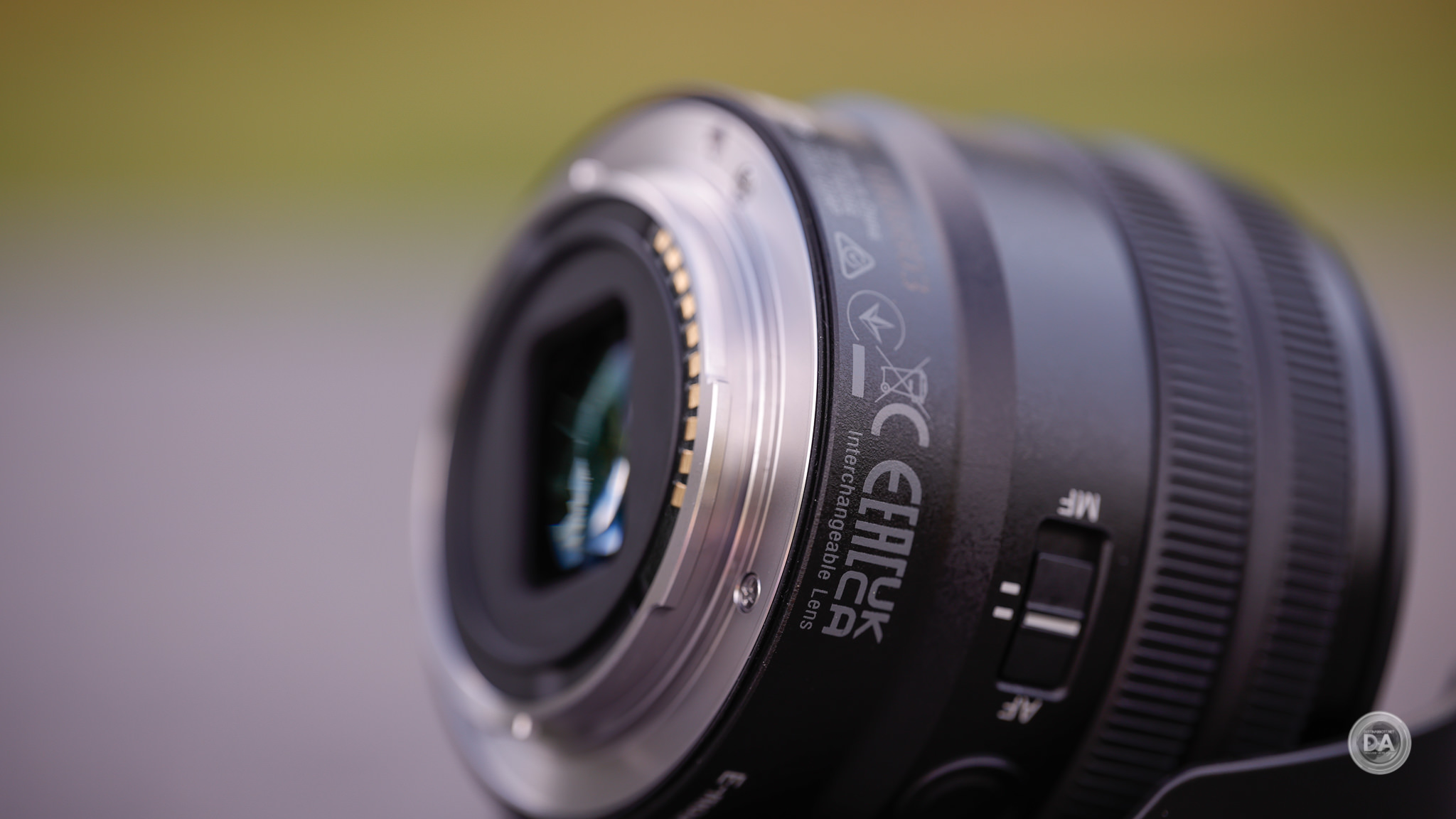
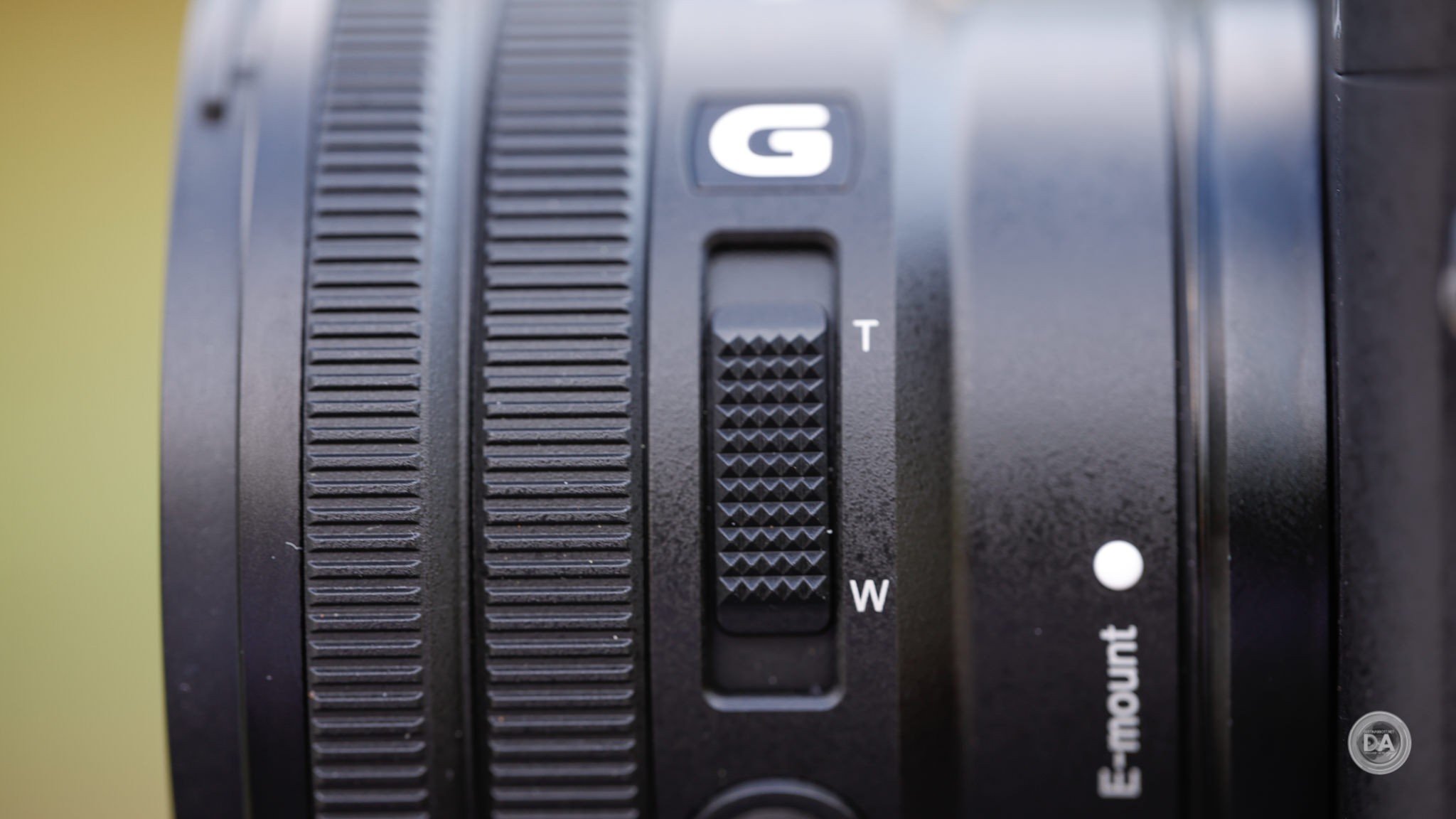
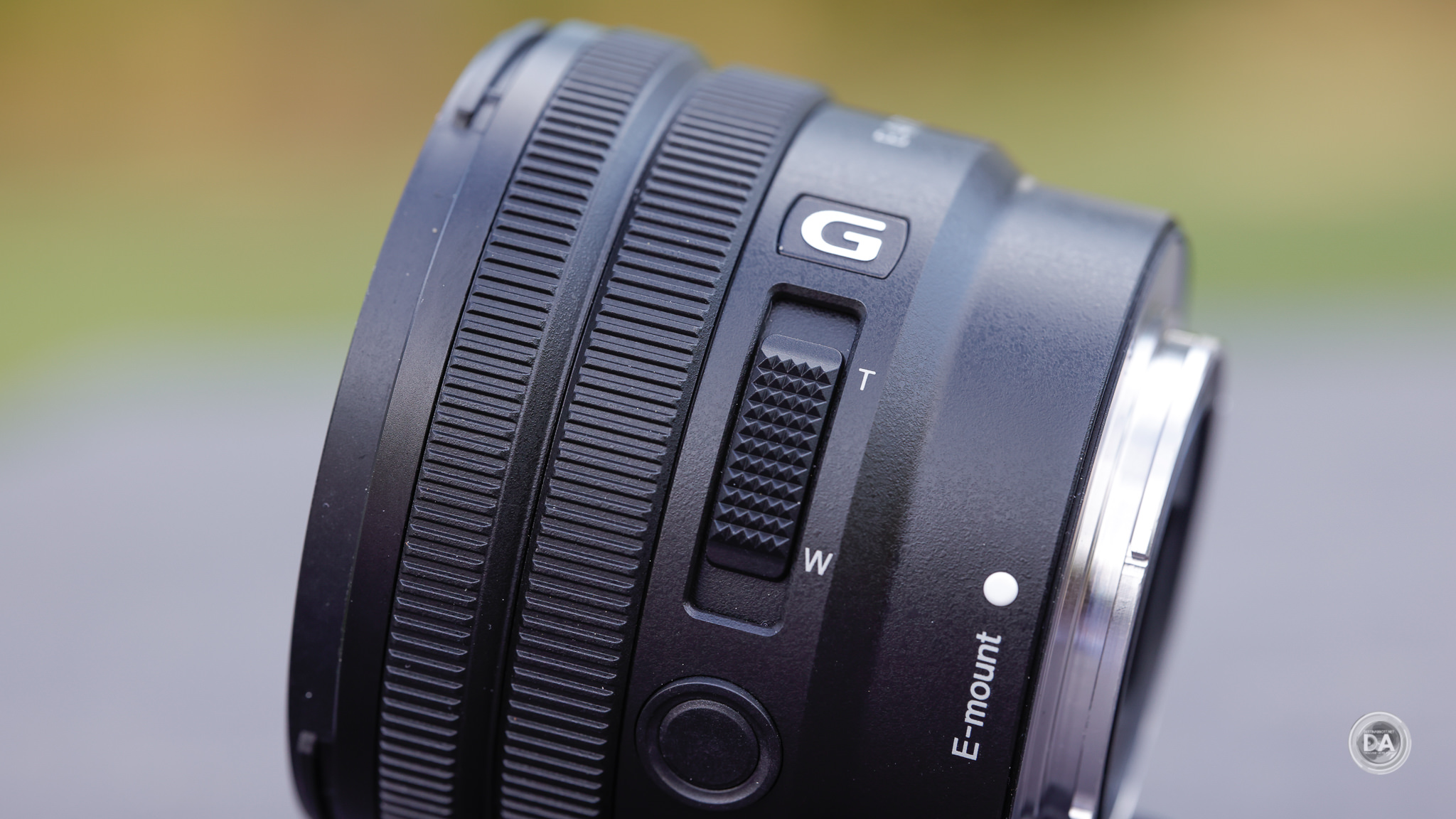
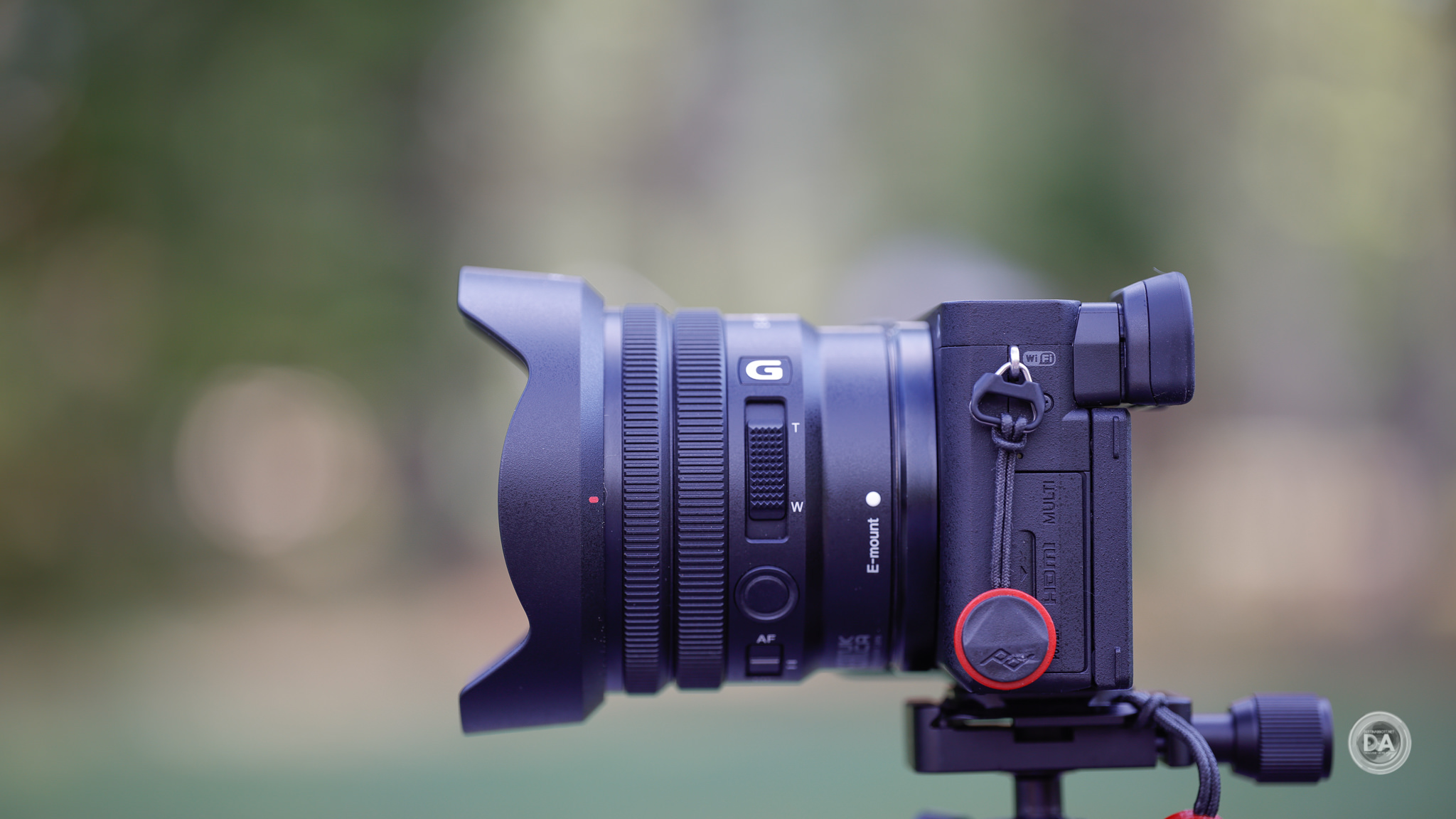




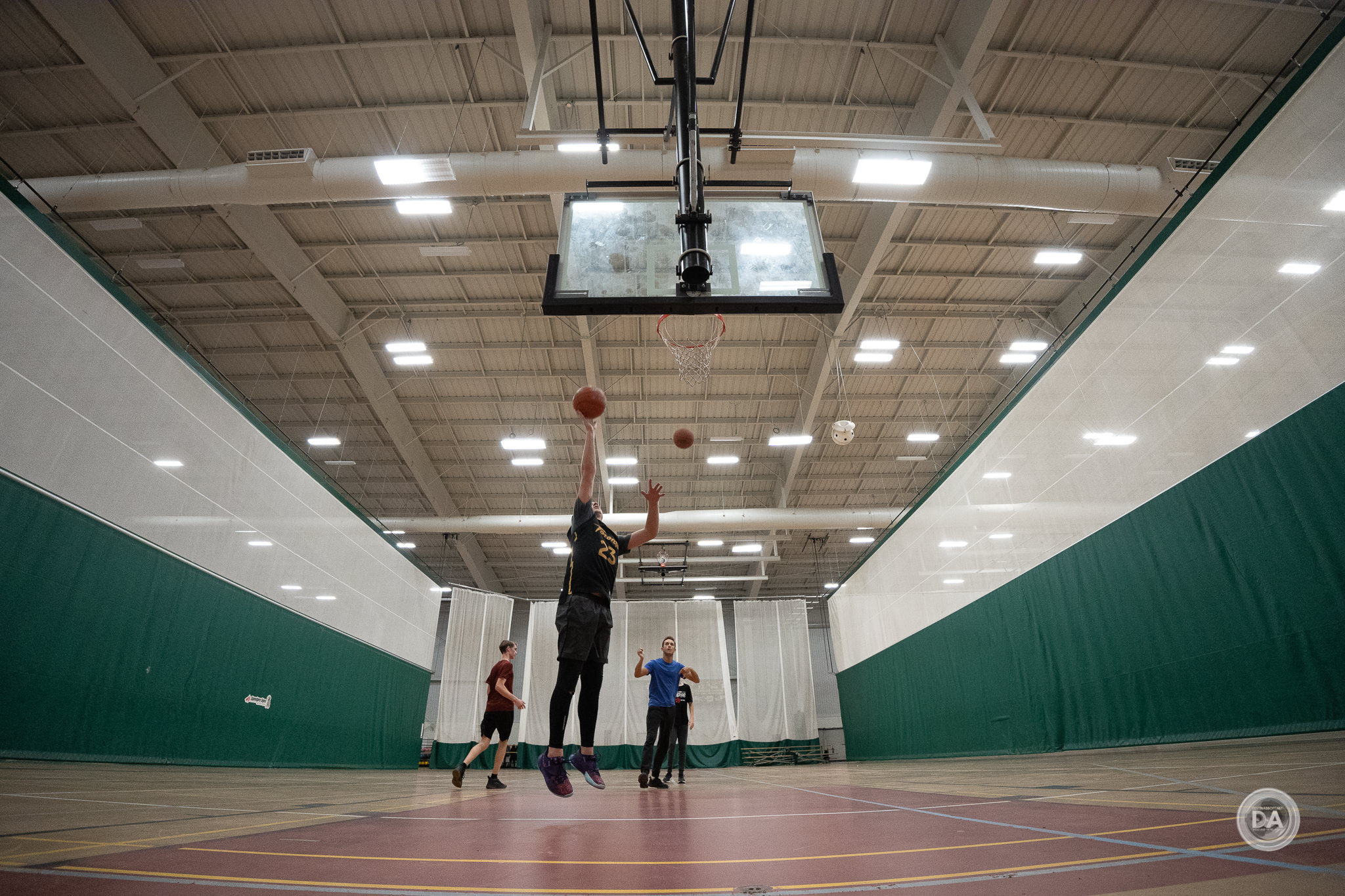

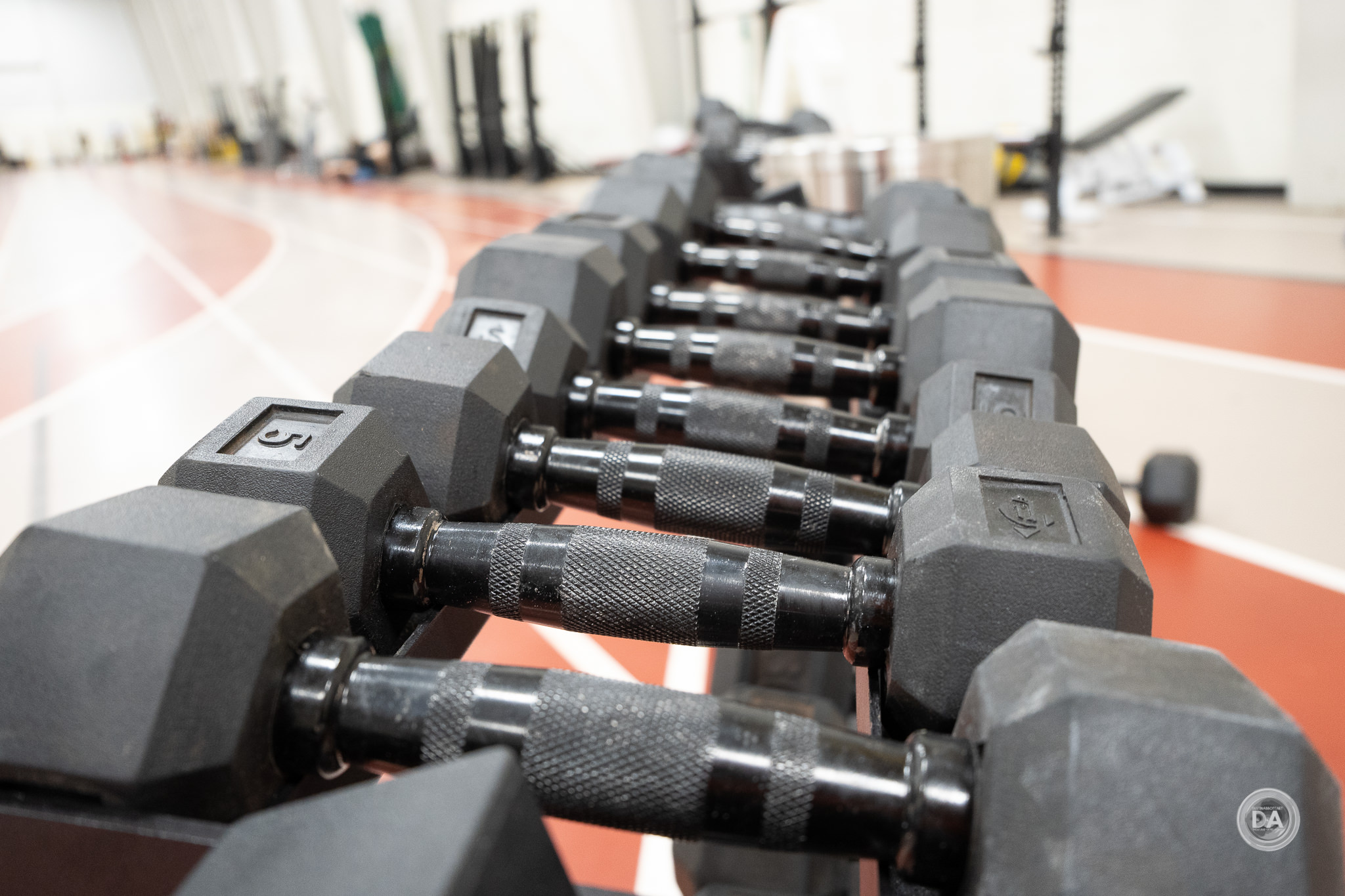








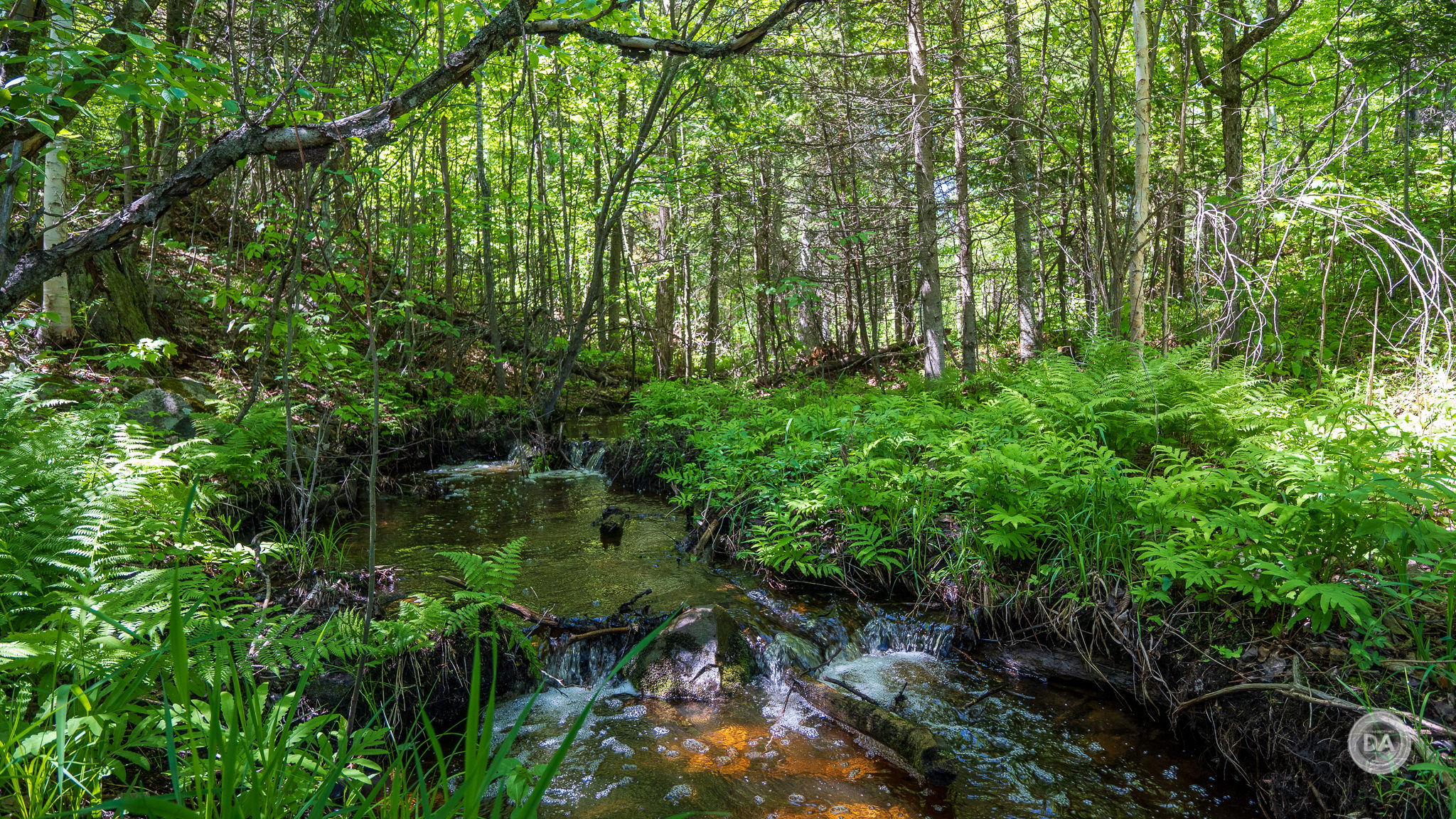
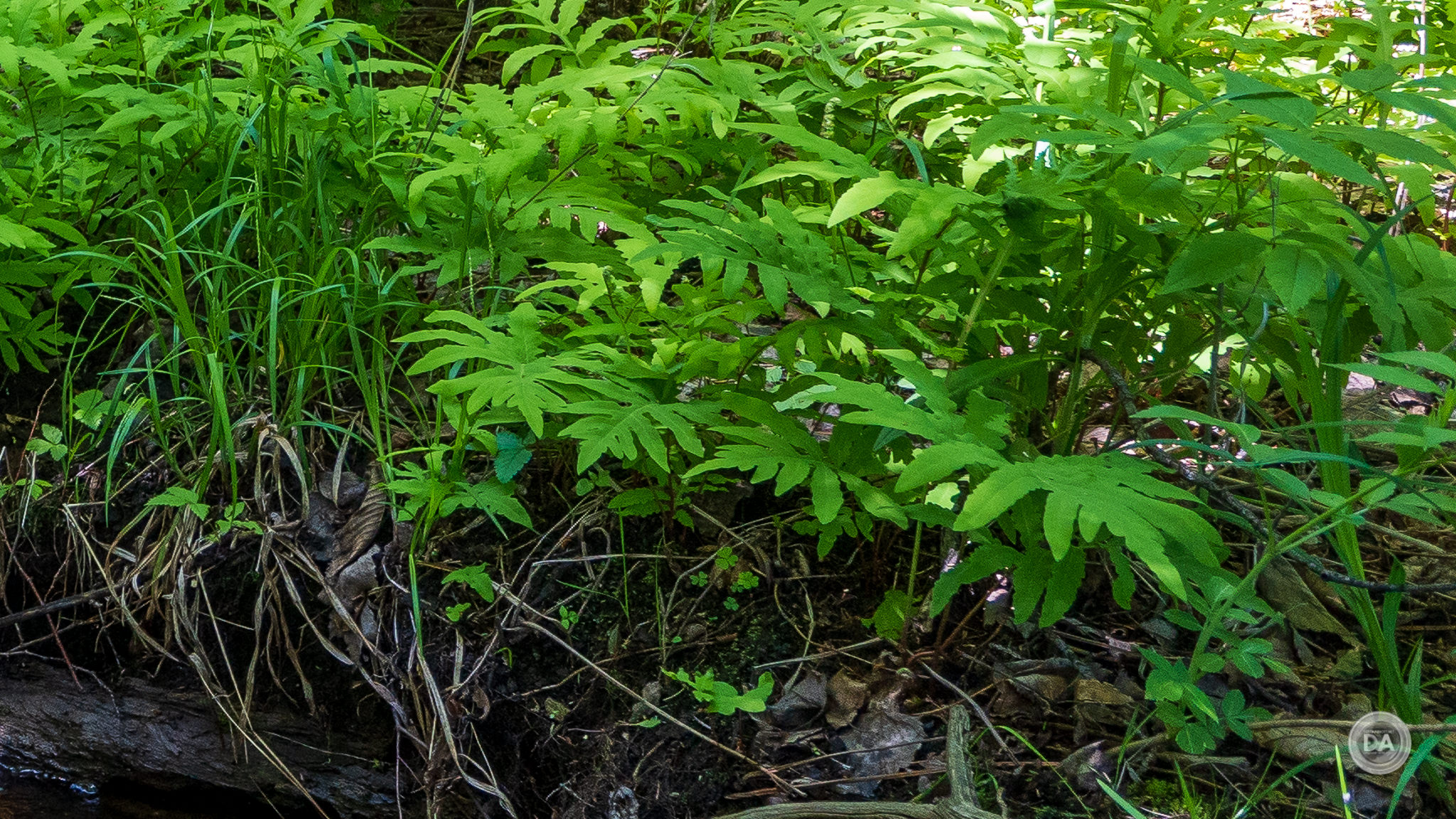
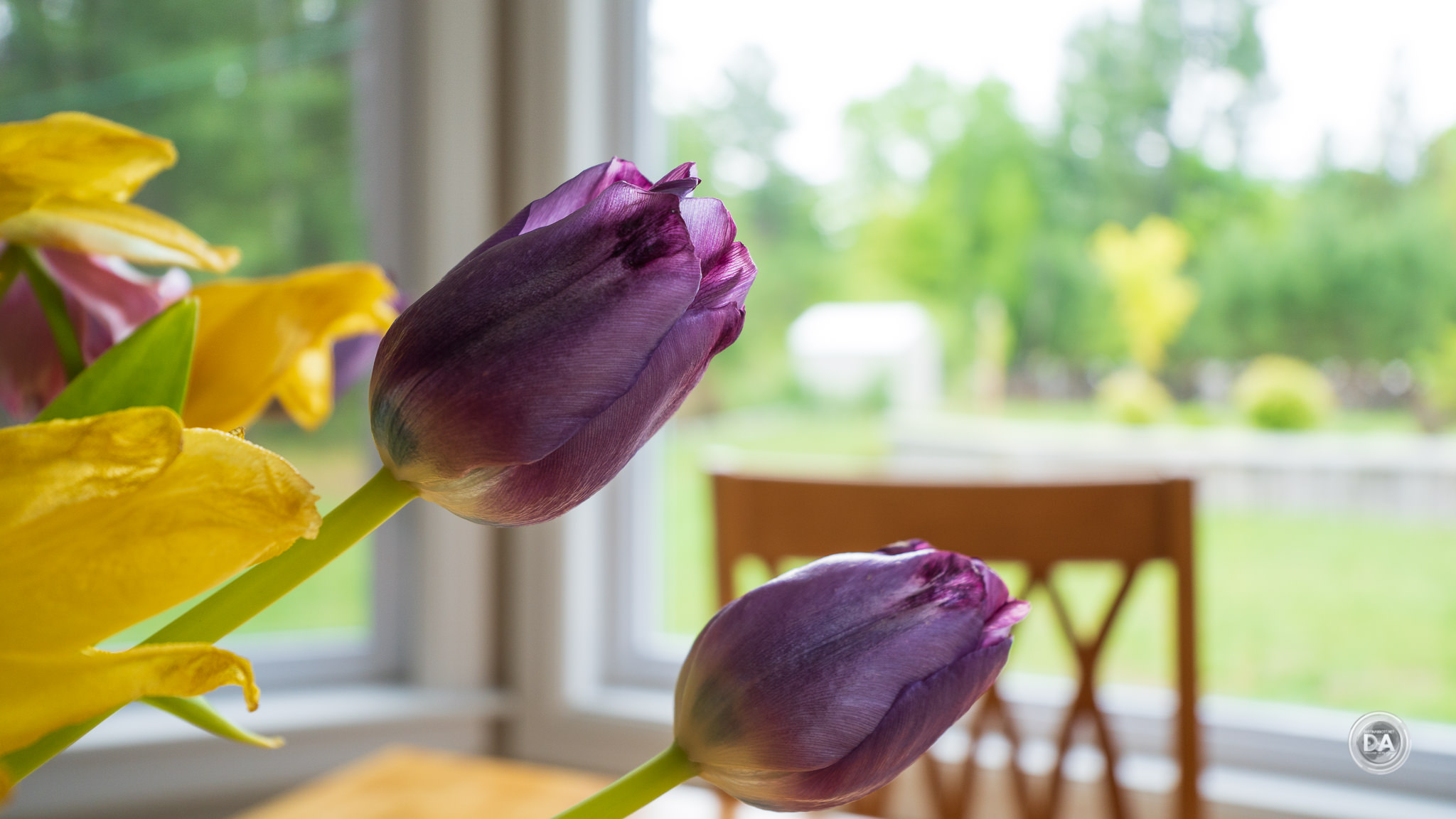
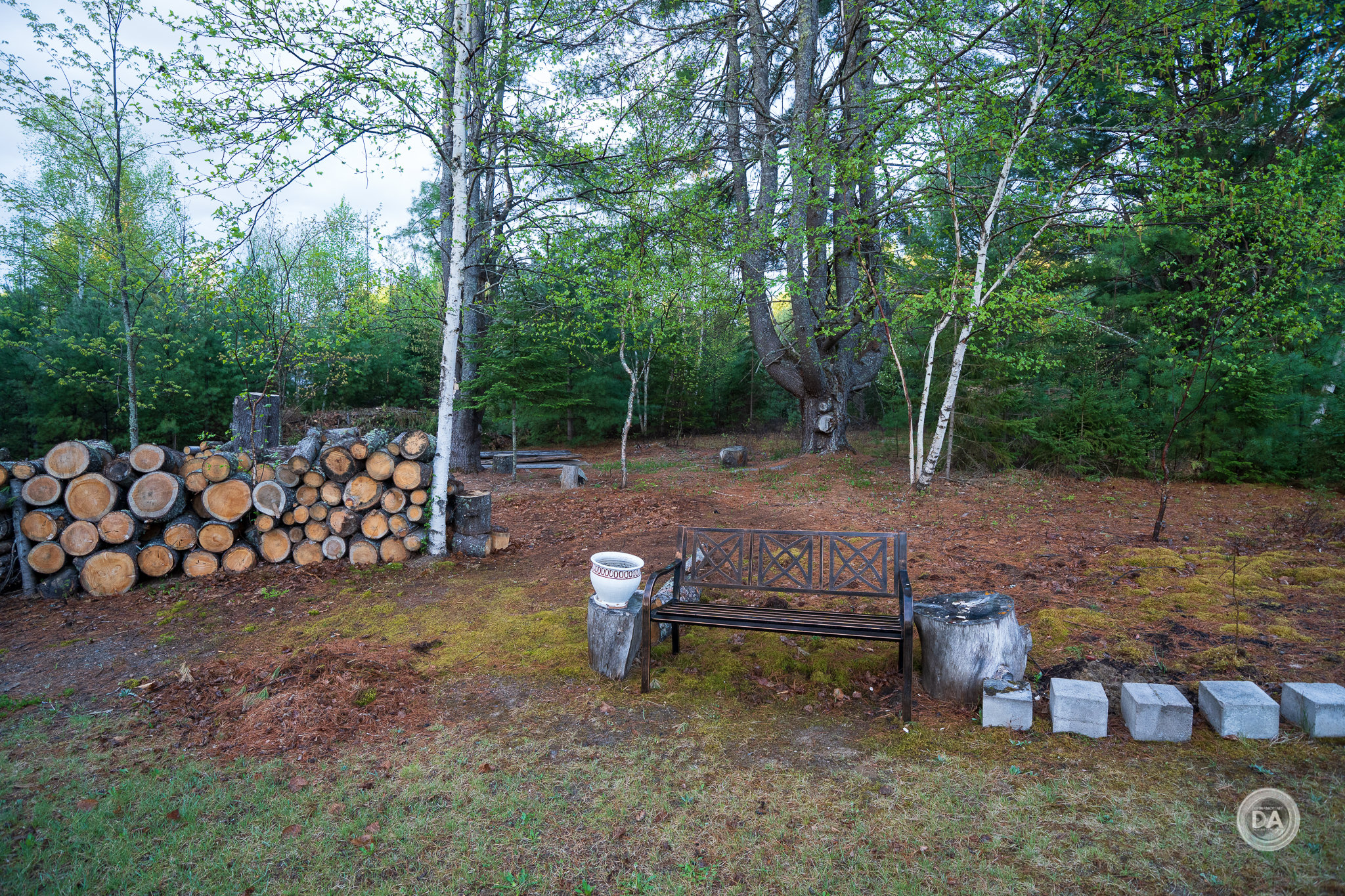
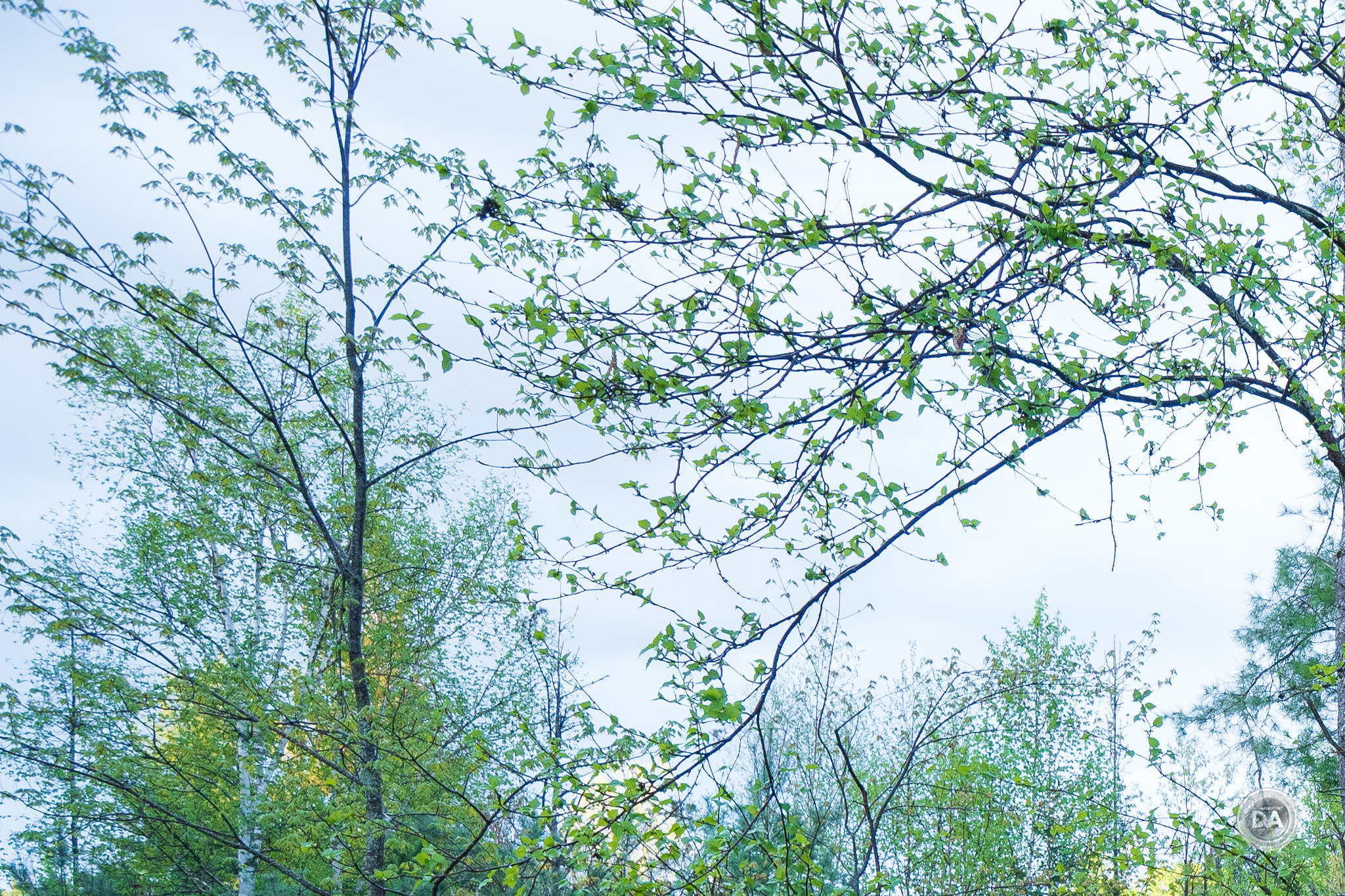

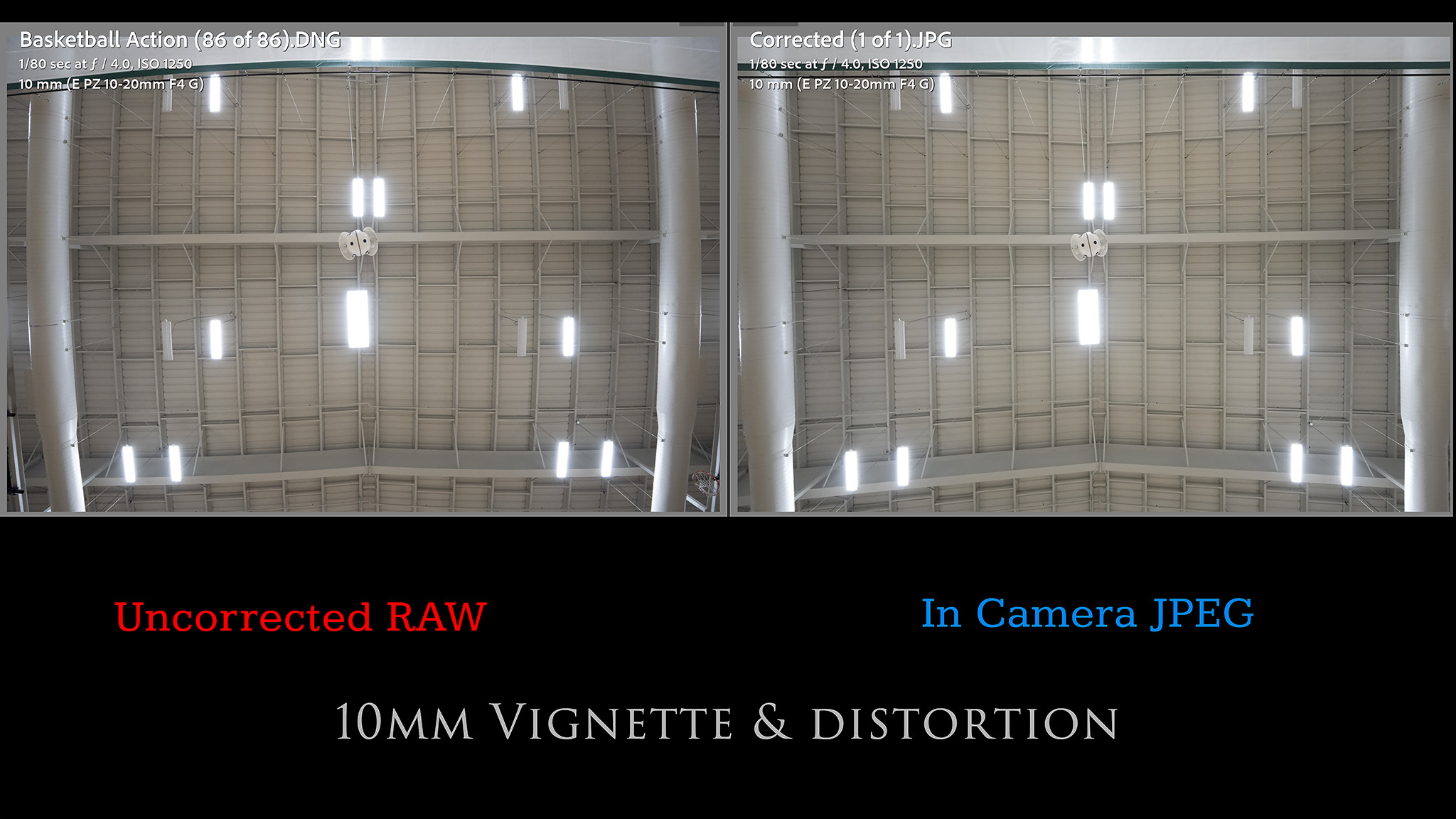
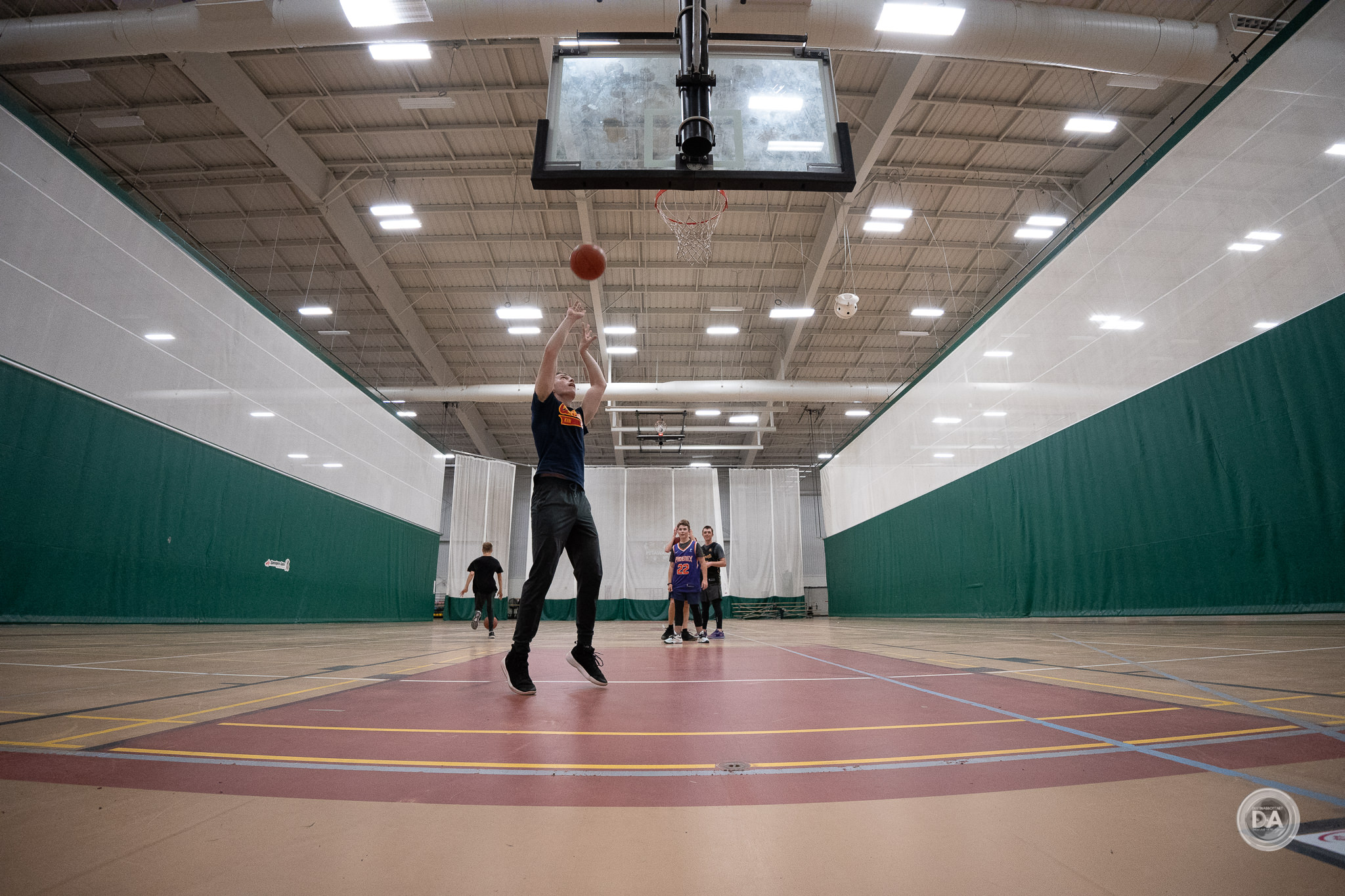














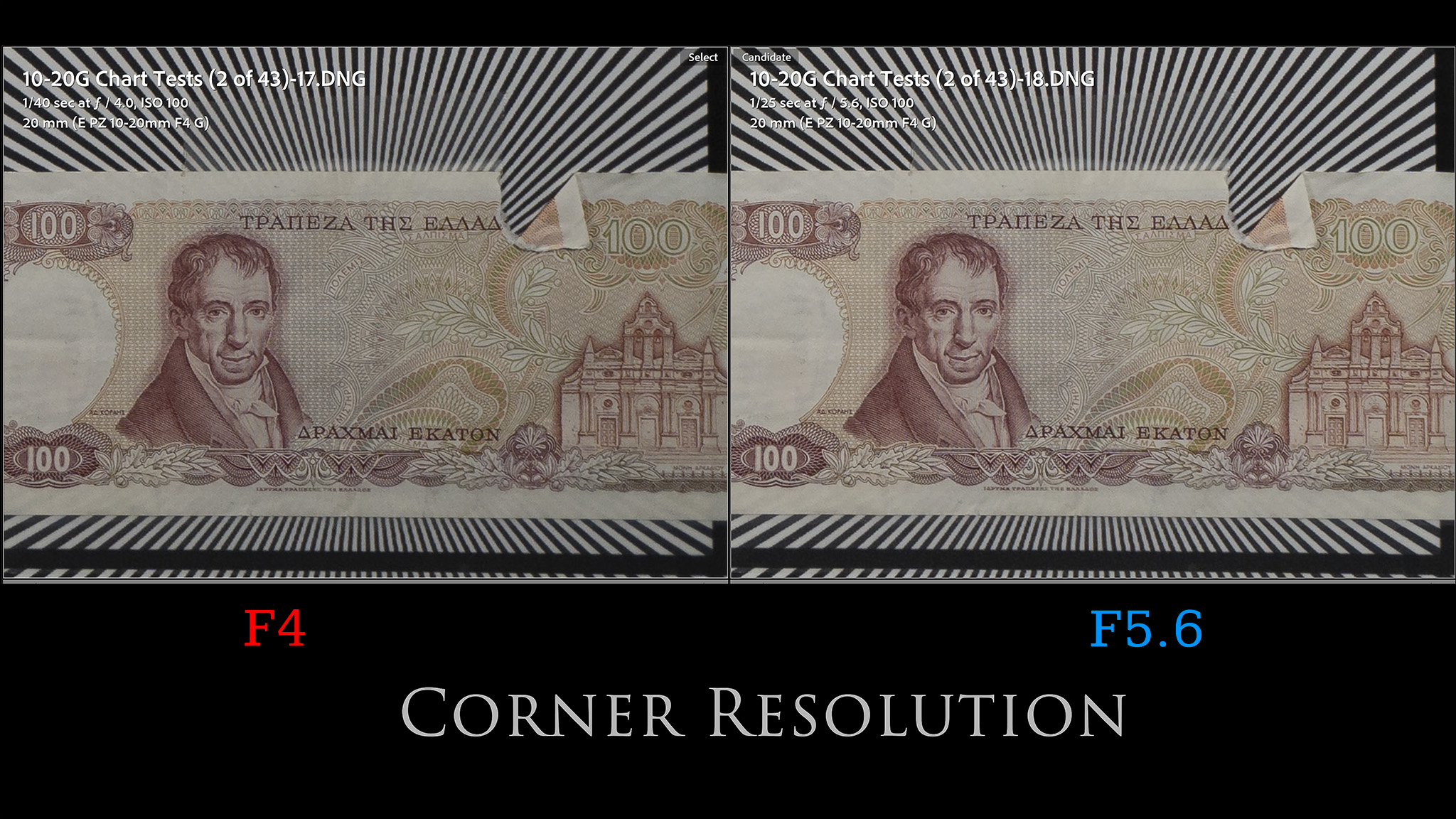





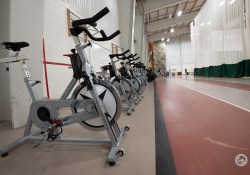

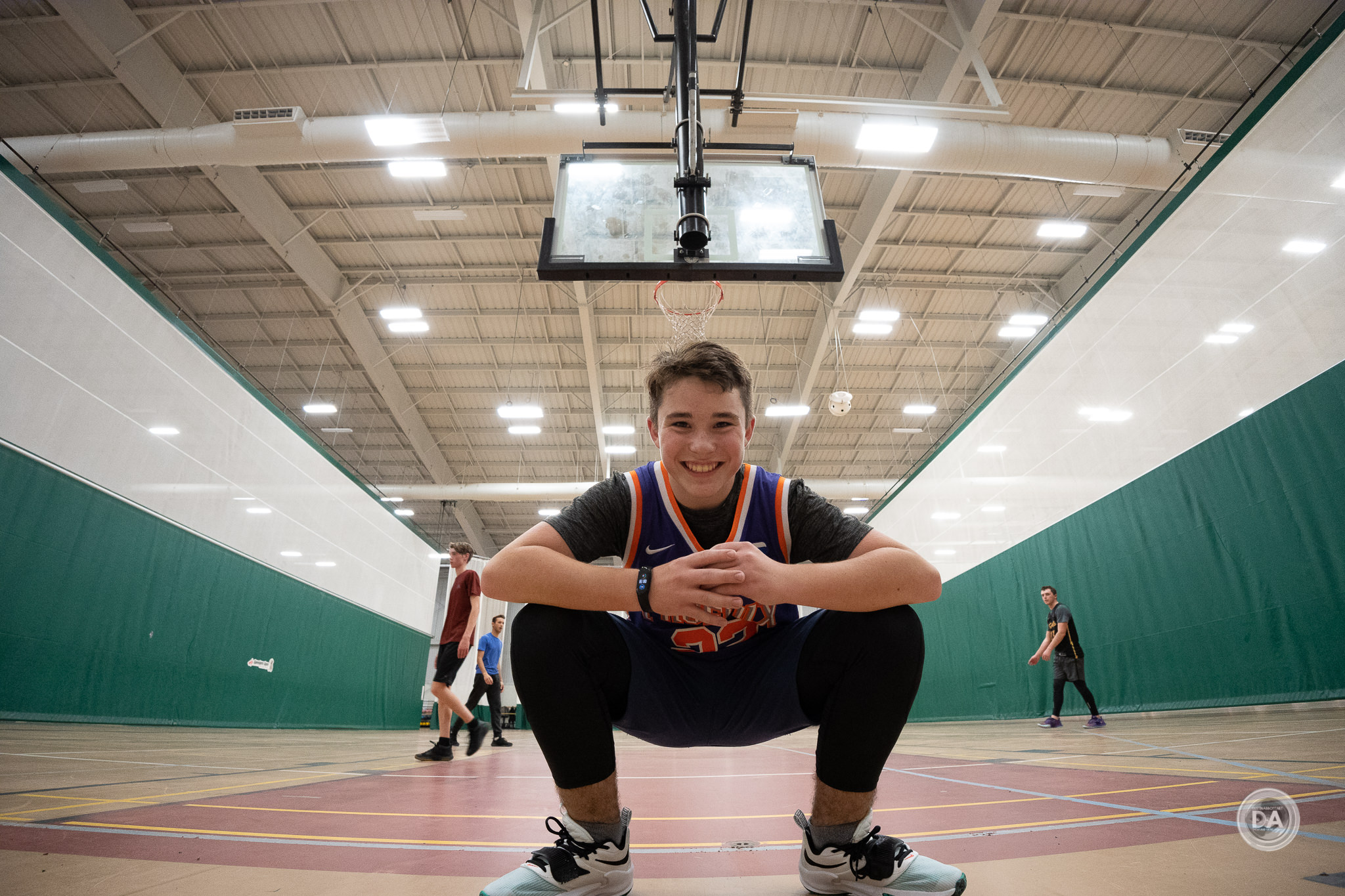
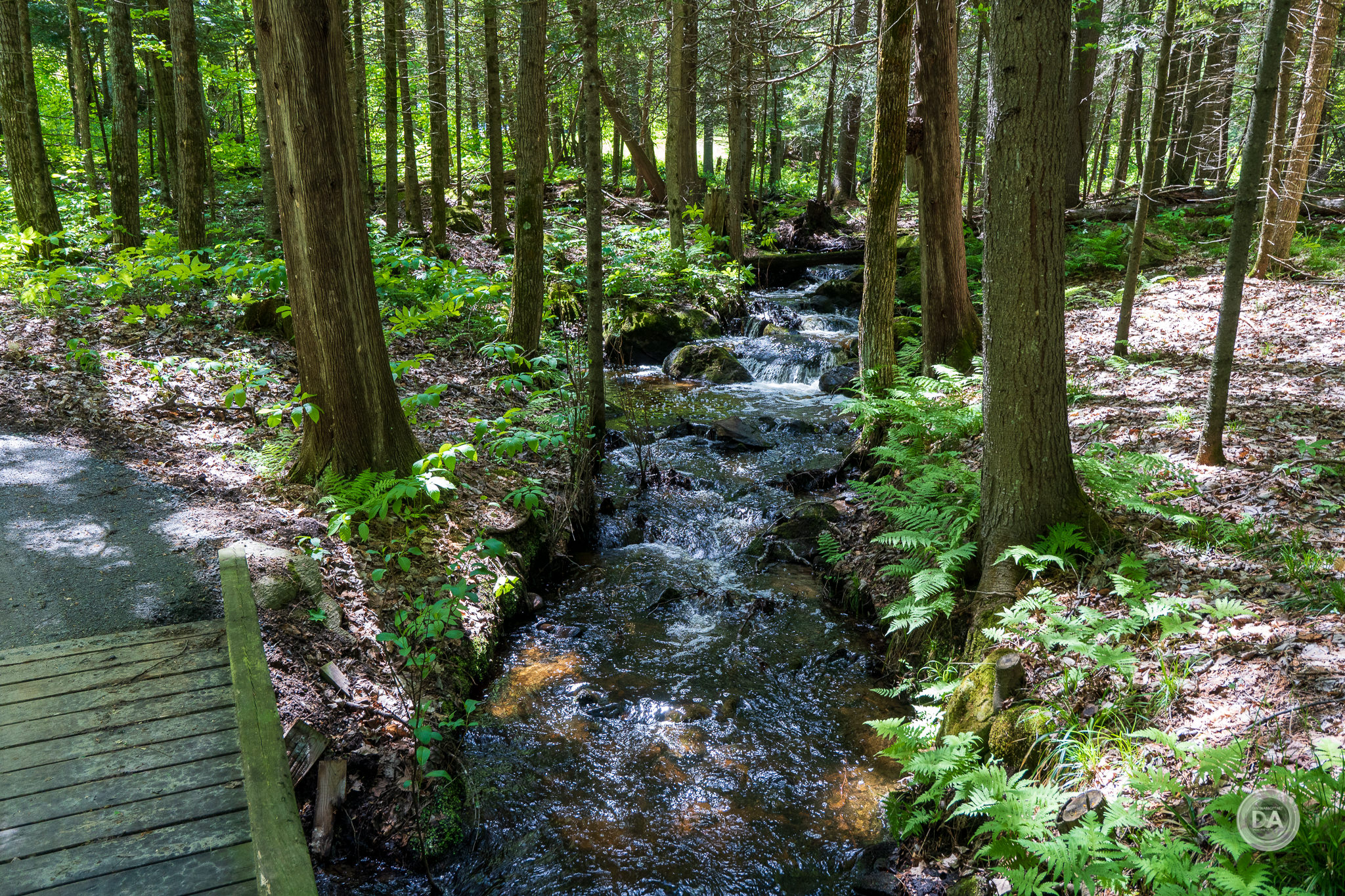
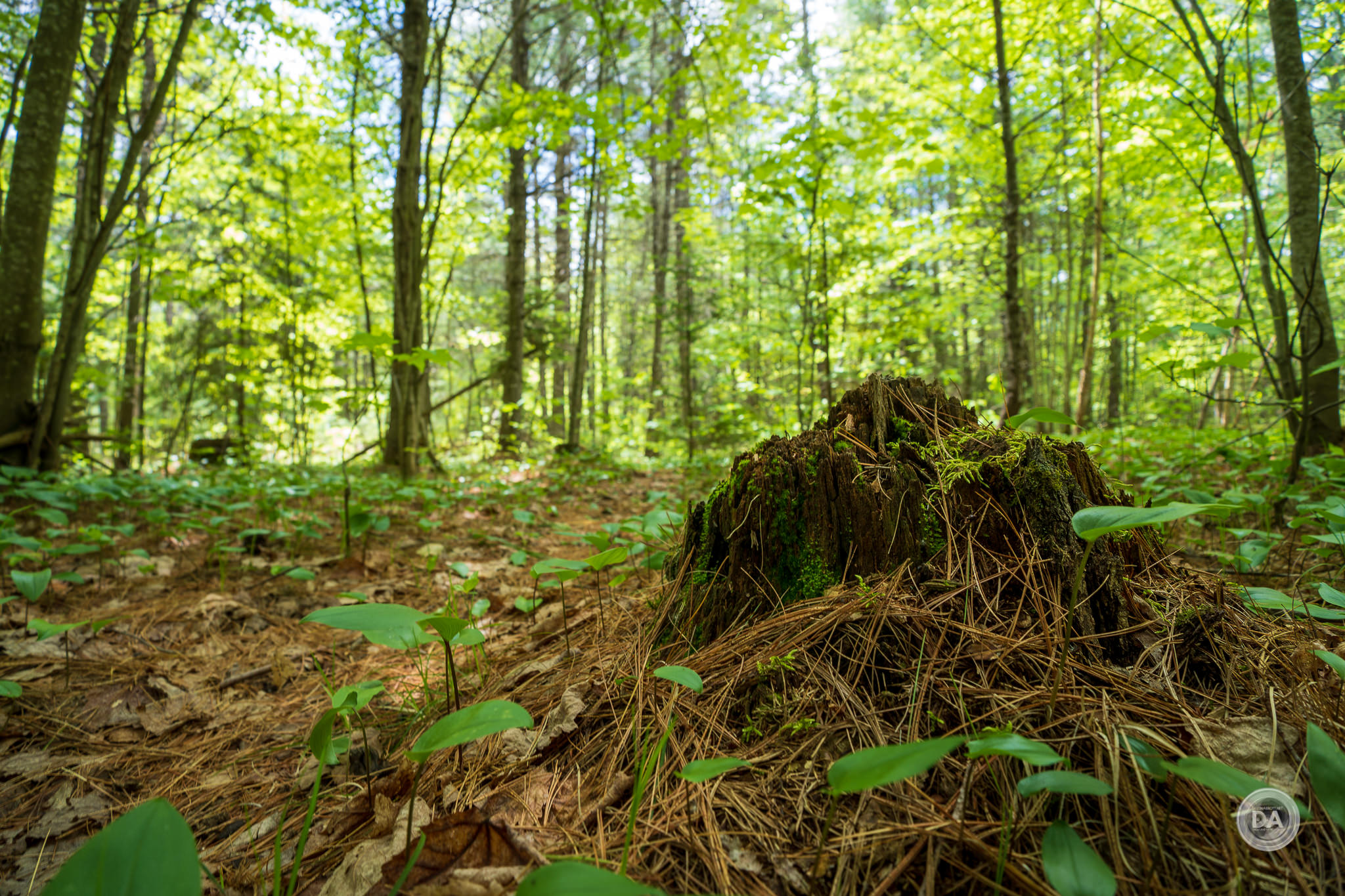


 Nikkor Z 35mm F1.2 S Review
Nikkor Z 35mm F1.2 S Review  Kase AF 85mm F1.4 Review
Kase AF 85mm F1.4 Review  Fujifilm X-Half Review
Fujifilm X-Half Review  Nikkor Z 35mm F1.8 S Gallery
Nikkor Z 35mm F1.8 S Gallery 


